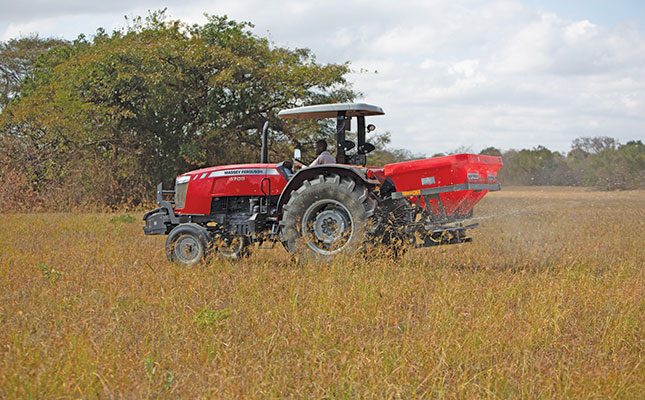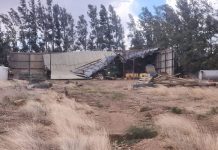
Photo: FW Archive
Crop farmers, who are the biggest users of fertiliser, will be the most severely affected by the recent uptick in global prices, as South Africa imports around 80% of its fertiliser needs.
This was according to Fezeka Matebeni agricultural economist of agro-food chains, at the Markets and Economic Research Centre of the National Agricultural Marketing Council.
READ Using manure as fertiliser: Mistakes to avoid
“According to the Fertilizer Association of South Africa [Fertasa] [all the potassium used in South Africa], as well as 60% to 70% of nitrogen requirements are imported. South Africa imported 2,19 million tons of fertiliser in 2019.”
Matebeni added that maize producers were estimated to be the largest single consumers of fertiliser, amounting to almost 40% of the total fertiliser market, followed by sugar cane (15%), and wheat (10%) farmers.
Corné Louw, senior economist at Grain SA, said the main driver of increases in local fertiliser prices had been rising international prices since mid-2020.
READ Fertilisation: basic principles that every farmer should know
“In dollar terms, before the recent increases, international prices were significantly lower during the first half of the year, compared with the same period last year, but due to the weakened exchange rate [of the rand], the full decrease did not pass through into the local market.”
He added that producers who only purchased fertiliser in October or November, would most probably have paid higher prices, especially for nitrogen and phosphorus than last year. “As fertiliser cost can make up between 25% and 50% of a grain and oilseed producers’ variable production cost, it can have a large impact on production costs.”
Year-on-year (y/y) international prices for ammonia increased 2,9% in October from US$238 to US$245 (around R3 600 to R3 700), 14,3% from US$230 to US$263 (R3 500/t to R4 040/t) for urea, and 16,9% from US$302 to US$353 (R4 600 to R5 400) for diammonium phosphate.
This resulted in the local landed prices of limestone ammonium nitrate (LAN) increasing 5,6% y/y in November from R5 915/t to R6 248/t, urea prices by 6% from R6 664/t to R7 062/t, and monoammonium phosphate (MAP) by 15,5% from R8 227/t to R9 499/t.









